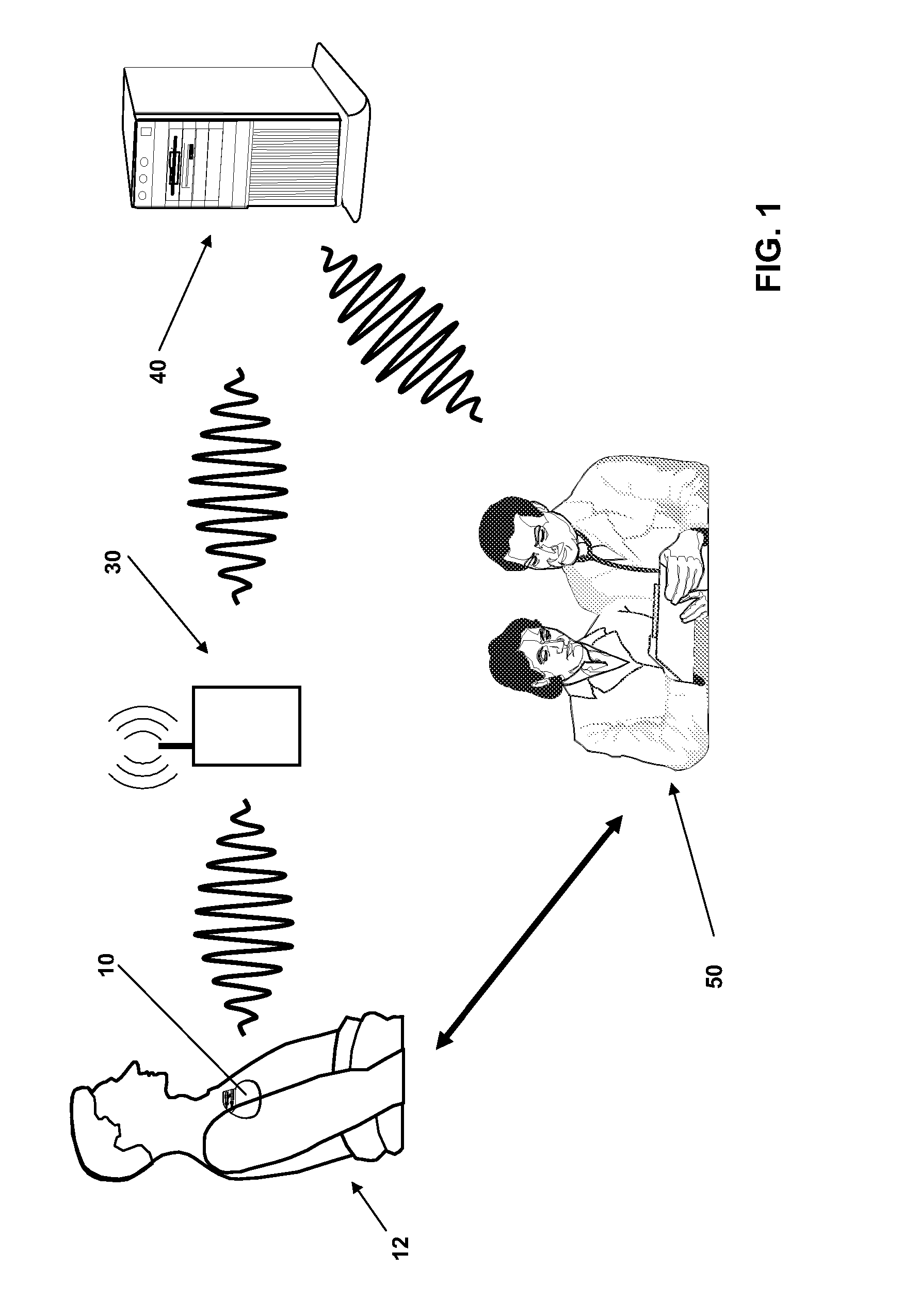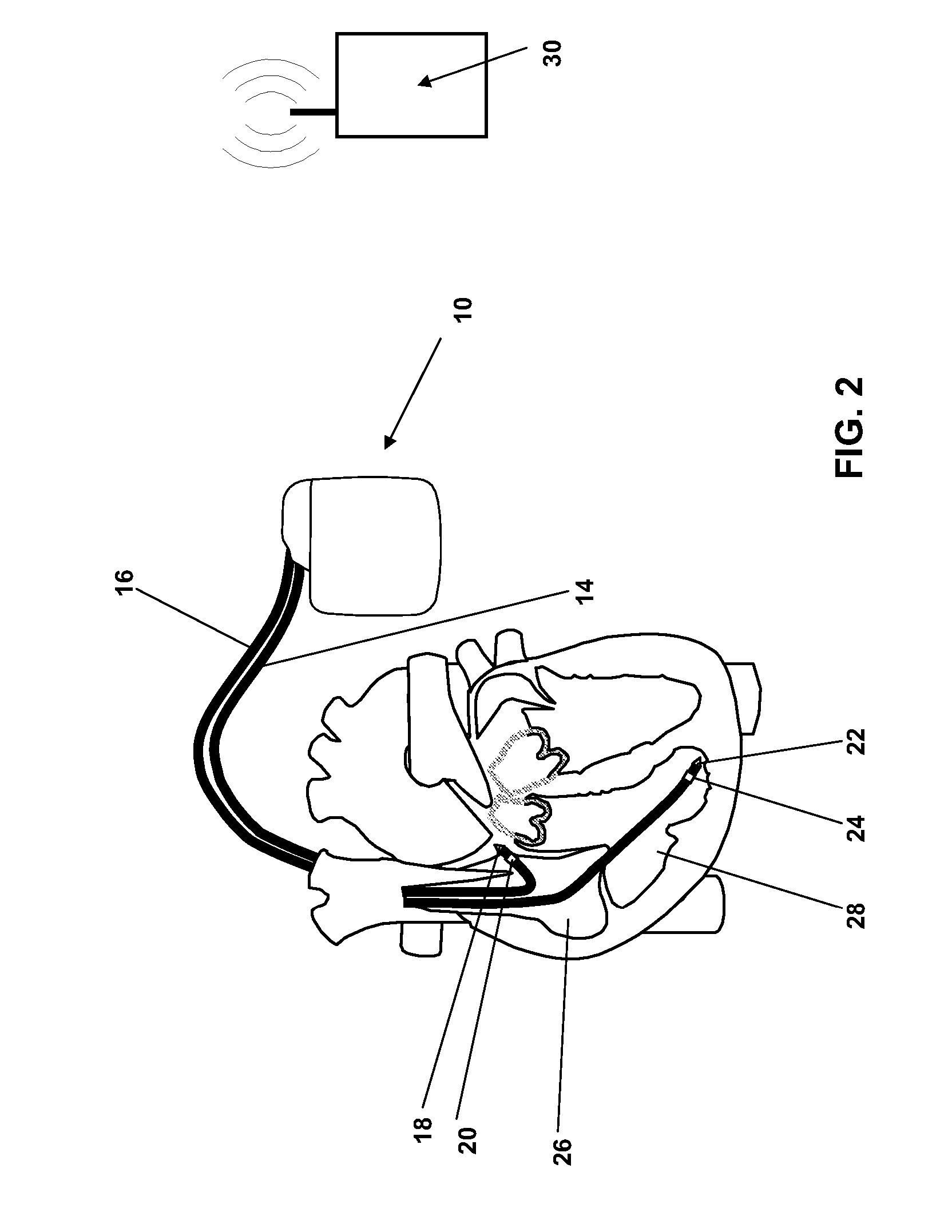Wavelet based feature extraction and dimension reduction for the classification of human cardiac electrogram depolarization waveforms
a technology of electrogram depolarization waveform and feature extraction, applied in the field of heart monitoring devices, can solve problems such as not being robust to pseudo-events, and achieve the effects of improving accuracy, accurately classifying salient events, and high accuracy for organized rhythms
- Summary
- Abstract
- Description
- Claims
- Application Information
AI Technical Summary
Benefits of technology
Problems solved by technology
Method used
Image
Examples
Embodiment Construction
[0184]The following description is of the best mode presently contemplated for carrying out the invention. This description is not to be taken in a limiting sense, but is made merely for the purpose of describing the general principles of the invention. The scope of the invention should be determined with reference to the claims.
Disclosure Organization
[0185]This disclosure is organized as follows.
[0186]In Chapter 1, an exemplary embodiment of a monitoring device in form of an implantable cardiac pacemaker is described.
[0187]In Chapter 2, the coupling in the heart between the electrical excitation and the resulting mechanical event will be explained. A history and basic concepts of IEGMs are given. There is a concise description of how IEGM signals are pre-processed in IPGs and ICDs, and how the results are used by present technology. Various terms used in heart rhythm intervention technology are presented and defined. The difference between time-based and morphology based classifica...
PUM
 Login to View More
Login to View More Abstract
Description
Claims
Application Information
 Login to View More
Login to View More - R&D
- Intellectual Property
- Life Sciences
- Materials
- Tech Scout
- Unparalleled Data Quality
- Higher Quality Content
- 60% Fewer Hallucinations
Browse by: Latest US Patents, China's latest patents, Technical Efficacy Thesaurus, Application Domain, Technology Topic, Popular Technical Reports.
© 2025 PatSnap. All rights reserved.Legal|Privacy policy|Modern Slavery Act Transparency Statement|Sitemap|About US| Contact US: help@patsnap.com



